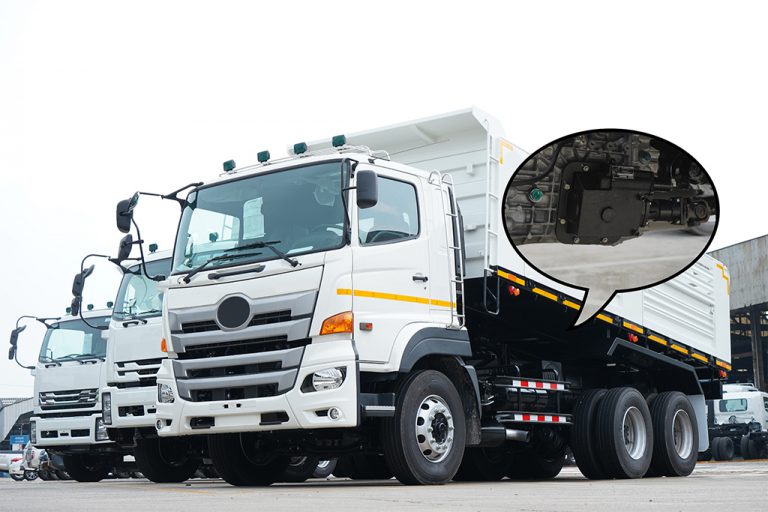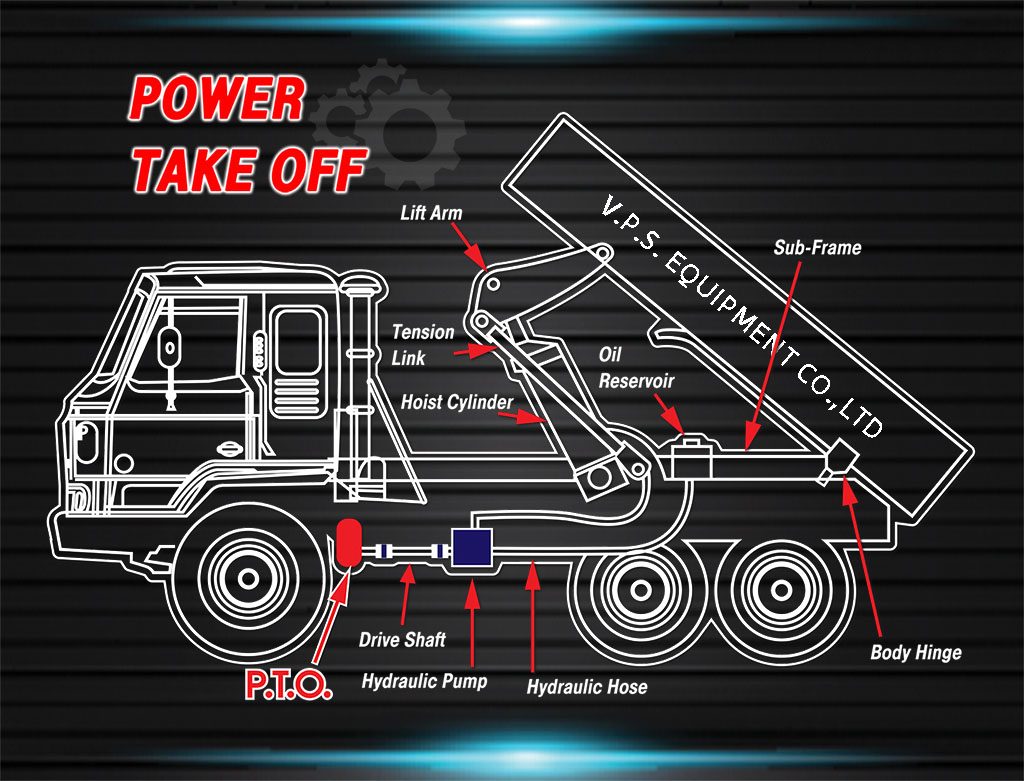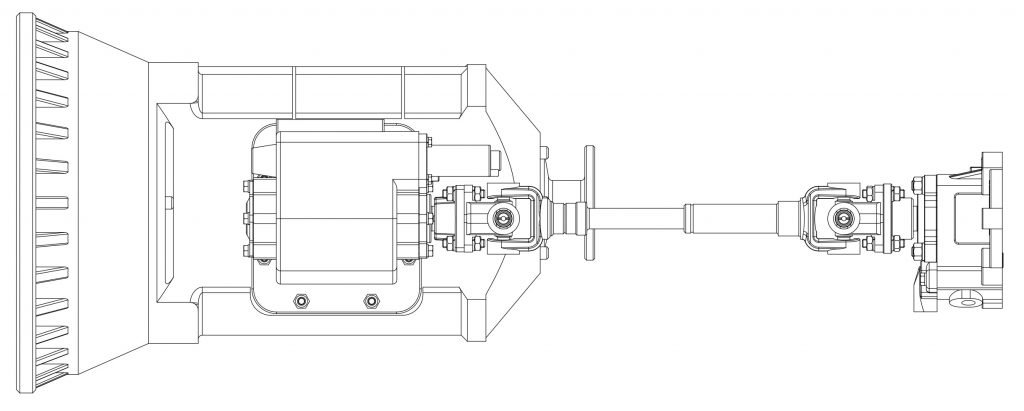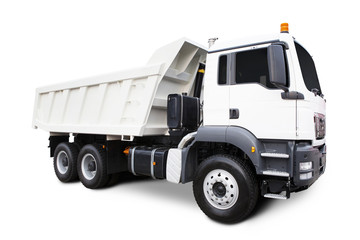About Power Take OFF
WHAT IS PTO?
Power Take Off (PTO) systems are essential mechanical gearboxes that attach to truck transmissions. They play a pivotal role in transferring power from the vehicle’s engine to various components, particularly hydraulic pumps in Thailand. PTOs accomplish this by transmitting power through a rotating shaft, enabling the operation of auxiliary equipment that enhances the functionality of trucks and other vehicles.
Mounting and Configuration of PTOs
The placement of a PTO on a transmission depends on the specific model. For example:
- In Hino and Isuzu transmissions, the PTO aperture is typically located on the left side.
- With ZF transmissions, the PTO aperture is commonly found on the rear side.




